India’s recent success of record 104 satellites launching at one-go beating earlier record of Russia with 37 satellites is a praiseworthy effort – after all, excellence counts. On similar spirit, can Nepal imagine a product for which it can claim that it is number one in the world? Without such a milestone, a nation hardly owns a respect from its neighbors and from rest of the world.
Brainstorming session 1
Let’s start a brief brainstorming session and try to figure out such a product. Is there anything from grains, dairy, animal husbandry, fruit and wine farming (in fact agriculture as a whole) where Nepal can claim to be number one in the world? Can Nepal be number one in forestry, herbal, handicraft and fishing industries? I wish them to be true, but Nepal can’t even compete a single state of India on these products. Same is the story with other natural and industrial products. Tourism is a long-go where investment needs of huge upfront cost handicap Nepal, and business as usual type hydro power industry has no chance for sure.
Nepal honestly neither has best hands, legs and physic to defeat the world in sports, nor it has best technical and managerial skills to dominate the world economy. So, where Nepal can find itself the best? Nepal for quite some time has show-cased Mt. Everest, Lumbini, Buddha and incomparable natural beauty as its products. Unfortunately, these are the gift of nature and not created by any Nepali brain. What promotional activities could have been done to yield most out of these natural gifts, Nepal even could not materialize those opportunities.
If not in good thing, can Nepal be world number one in corruption? For me, that is also not possible, at least with begging money – for that one needs GDP of trillions of dollars. To be world number one in any field, you need common sense to read in between the lines. See our politicians, bureaucrats and sector leaders, over ninety-eight percent of them can’t fix a 3×3 Rubik’s Cube. With basic level of intelligence below a kid of 4-8 years, it’s almost impossible to be world number one in any field.
Brainstorming session 2
Not in many, but at least there is one area to begin with, where Nepal can be the number one in the world. To see that possibility, one has to recognize the biggest natural resource of Nepal. People take water for that, unfortunately it is not the one. The biggest natural resource of Nepal is its unique steep gradient geographical feature. Presence of eight among top ten peaks of the world have given Nepal a unique geographical composition where substantial water mass is available at high altitude – both regular and seasonal (rain). These features if understood properly, provide Nepal an opportunity where one can pump water up by X meter and can release the same through 2X – 20X meters or more. Means, Nepal can implement the highest head hydropower plant in the world, and can establish a trend that in water to electricity conversion, Nepal can be the best in the world.
To be number one in water-electricity efficiency, Nepal must know the current best in the world. Have any idea which hydropower project in the world has the highest head feature? The Bieudron Hydroelectric Power Station located at the Swiss Alps is the highest head HPP in the world with 1869 m net head at rated capacity.
Bieudron HPP alone holds three world records, highest gross head (1,883 m), highest output of each Pelton turbine (3 × 423 MW) and highest output per pole of the generators (35.7 MVA). In access of 92% overall efficiency, this HPP provides the best water to electricity conversion efficiency in the world which nearly has a figure of 4.3 kWh per 1000 liter of water use. Compare this efficiency against Nepal’s average figure of 0.2 kWh per 1000 liter of water use (collective average of 60/62 operational HPPs in Nepal). Do we need more to say about the competency level of Nepalese energy sector leaders?
Solution 1 – Out of Box thinking
Ground reality urges that need of energy system designs and innovations are different for different places. Nepal has distinctly 5 layers of land features; Terai, hills, siwalik, Mahabharat, and Himalayas. This combination unfortunately does not exist in most part of the world. So copy-paste of HPP model designed for 2 layers of land features will only lead to an inferior hydro-resource design in Nepal.
Furthermore, designs and innovations in hydropower sector got saturated before 1980 and by that time there was no widespread use of solar power. So creating higher head was possible only through digging tunnels vertically and horizontally. Nobody ever imagined, by then, that peak of the hills or mountains can be conquered for HPP head creation. But with solar technology today, this out of box thinking is possible, provided people have the art of reading in between the lines.
Solution 2 – Hydro Funda
Head and discharge in hydro-power equation are inversely proportional. Increasing head by 10 times, discharge automatically reduces to 1/10 for the same amount of power generation. This means possibilities of 10+ times more efficient water to electricity conversion. Reduced discharge means less water handling burden and this leads to a new equation;
nQ:mH <<= mQ:nH, where Q – discharge, H – head, and n>>m
The “=” sign is only applicable during rainy season (enough water) whereas in dry season, only “<<” will prevail. Minute inspection of this equation gives us a clue where we are missing the point so far.
Water mass in a river belongs to nature first. Human beings can use portion of it for irrigation, drinking and for energy and other purposes provided that significant amount is left intact to avoid ecological degradation. But using over 90 per cent of river water and giving dry rivers and unacceptable ecological degradation is a planned hydro scam legally by few of the mighty people (within and outside Nepali boarder) exploiting Nepal’s resources for their personal gains. The zero sum game in Nepalese hydropower sector has undermined a simple fact that water availability in a river varies throughout the year, whereas the head is constant and is not a function of time.
Thus, without knowing the true strength of Nepal’s hydro resources, a bunch of fools in the name of hydro power development in Nepal followed blindly the run of river type model (copy paste habit) to use over 90% of river water. As the dry season has less water flow in the river, so is the generation and thus giving demand-supply reliability problem. Using 10 times or more head, less than 9% of river water is needed and that amount of water will be available throughout the year, means firm power generation and no need of BAU type storage projects.
Water has a unique characteristic that it maintains the level in a closed loop wherever possible. Once that feature of water is understood, desilting basins (desanders) and the intake ponds can be imagined over the top of mountains (see the picture). Water Handling Burden Concept makes it possible to materialize Dry Hydro Power Plant that urges if raw materials like fossil and nuclear fuels (coal, natural gases, multi-fuels, Uranium etc.) can be transported from a distance, then why not water?
Despite knowing the fact that water is the fuel for hydro power industry, nobody ask how much energy is possible per 1000 liter of water use in Nepal? The present figure, national average of 0.2 kWh per 1000 liter of water use, is really frustrating mainly because of stupid hydropower planning. It seems energy sector leaders have no idea how cost effective and efficient hydro power models are possible in Nepal. Handling less water will drastically reduce civil and hydro-mechanical cost component in intake area and water ways. Significant cost reduction in electro-mechanical component is possible as well. Choosing intake ponds over mountain peaks near urban area, both accessibility and transmission line cost will be at minimum. The after use water can be supplied for irrigation and drinking as value added to the model. On this light, Melamchi Water Supply Project thus is the biggest failure as far as fund allocation efficiency is concerned.
With about 100 liter/sec discharge (water resource), it is possible to generate over 1 MW of firm power and over 8 GWh of annual energy, if one can explore a very feasible net head of 1000+ meter under a Dry Hydropower Concept. Most of the implemented micro/mini hydro plants are using 200 – 300 liters per second. If wisely designed, all these water resources (of the existing micro/mini HPPs) are capable of generating over 1 MW each. Nepal presently has about 4000 units of micro/mini hydro plants and majority of them can be upgraded to yield 1 MW at least. So why selling out the licenses of big rivers when stupid designs are spoiling the possibility of full hydro-resource potential? Government of Nepal immediately needs to cancel all the issued river licenses and must amend its water/electricity act to hunt best possible water to energy conversion. This is the only area which Nepal in true sense can pursue prosperity in quickest possible time. All other way-outs are inferior to it.
A Way Forward
The current flaws in the Electricity Act that talks about MW royalty but does not talk about royalty for water use on per liter basis should be changed urgently. Present river and license distribution is not much different than the recent coal allocation scam in India. I don’t understand why Supreme Court of Nepal is still silent on the issue. To make hydro power sector of Nepal first competitive and then excellent, water use on per liter basis is the only way-out. Furthermore, managing this sector fairly is another crucial issue – except for the hydro power industry all other industries in Nepal have to spend a significant amount of money for their raw materials.
The other urgent need is to redefine the terms like micro, mini and small hydro in Nepal and instead of the installed capacity, it’s time to re-define hydro power plants on the basis of water use. Two hydro power plants if generate same electric power, one using 1000 liter/sec of water and other using 50 liter/sec of water, second one is 20 times more efficient. If policy can’t promote such excellence issue, it’s no more a policy. Why to limit the possibilities of design and implementation excellence?
The subsidy and other GoN supports on the hydro schemes should be based on the water to energy efficiency. More efficient is the HPP, more subsidies it should get. Furthermore, cancel the provision of no license need up to 1000 kW installed capacity of HPP and change it with “HPPs requiring water less than 1000 liter per second (accumulated per day), irrespective of the installed capacity, no license needed”. This provision can create a lot of peaking power generating hydropower stations.
Recently Nepali leaders missed a chance to constitute world’s shortest written constitution mainly because of their inability to understand two simplest expressions; 1==1 & 2++2=4 (please Google LigLigKot Cube Marathon). Similarly, hydropower sector of Nepal is losing its ground for world’s best water to energy possibilities with its on-going stupid HPP models, and undermining nQ:mH <<= mQ:nH (where Q – discharge, H – head, and n>>m), an equation for Nepal’s prosperity.
If wisely planned, up to 40 kWh of energy is possible per 1000 liter of Nepali water. Further 40 kWh can be traded from carbon market. Thus, Nepal can bank on about 80 kWh of energy sale per 1000 liter of Nepali water use, which is almost 400 times more than the present take. Will this give Nepalese energy sector leaders a hint how much hydro potential Nepal has, and how childishly they are spoiling these possibilities?
However, to perceive this possibility one has to understand the following RICHa in RigVeda; and fortunately this issue will be addressed in my next article “Ushering Manifestation of New Manasarovars – the Biggest Pollution Free Business of the World”.
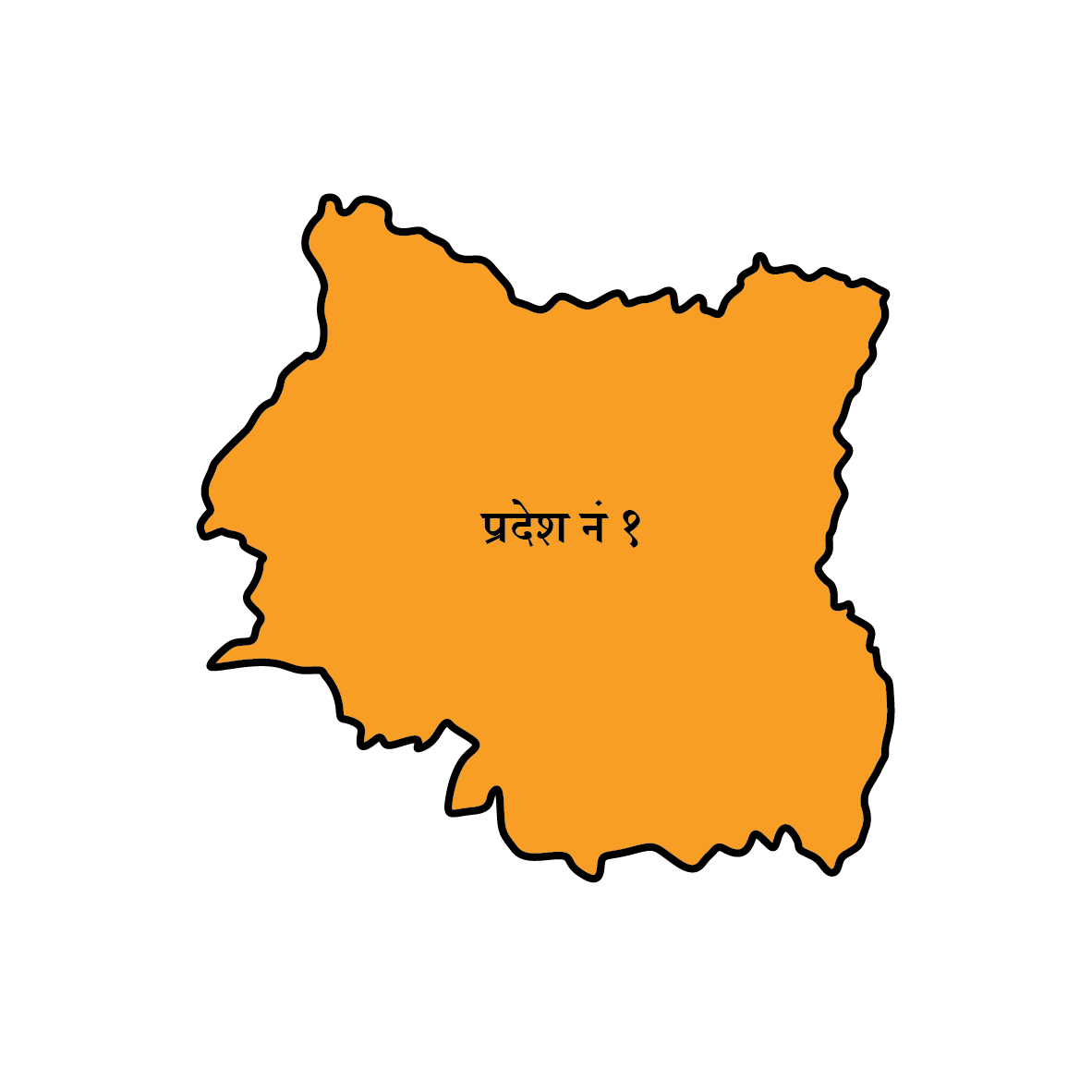 कोशी प्रदेश
कोशी प्रदेश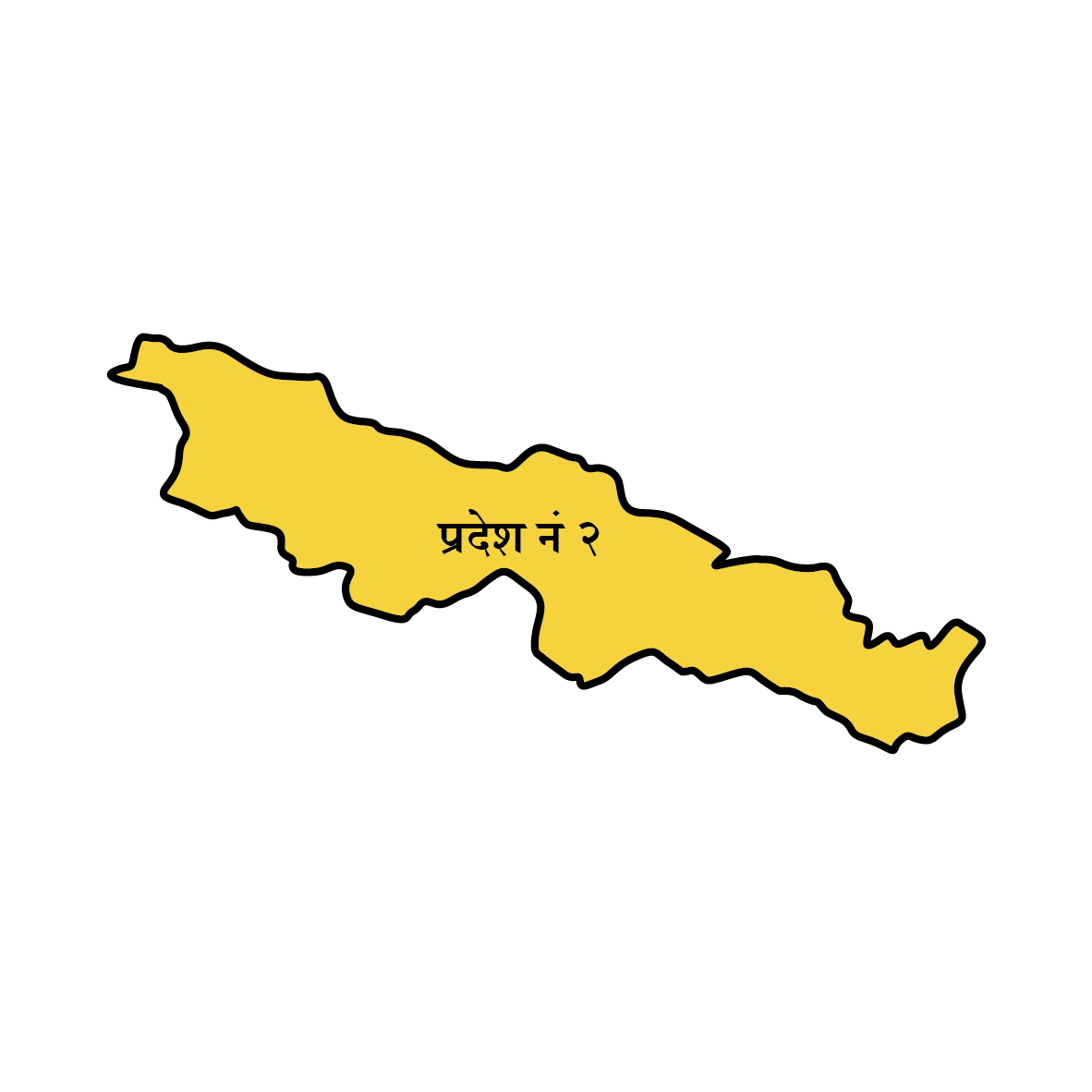 मधेश प्रदेश
मधेश प्रदेश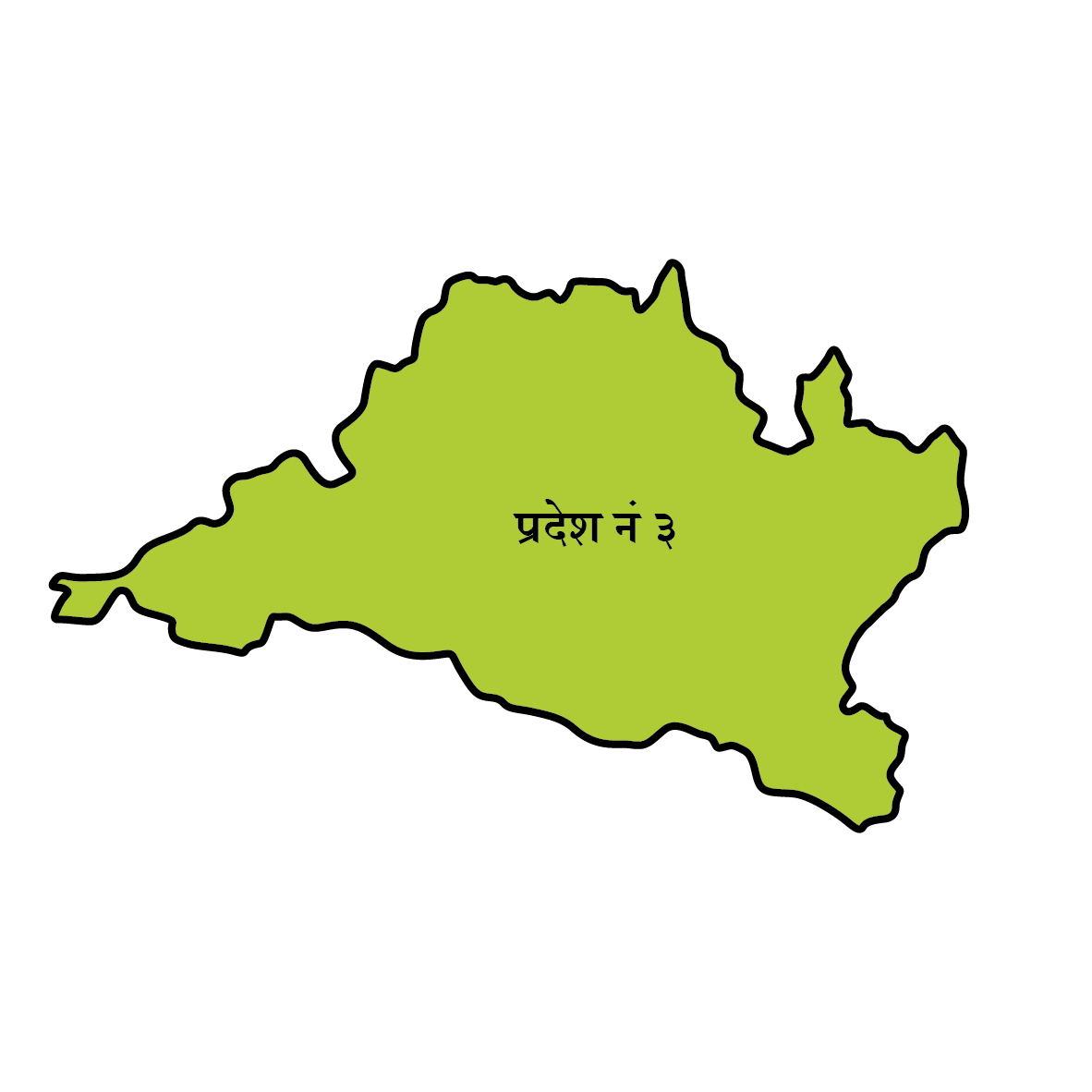 बागमती
बागमती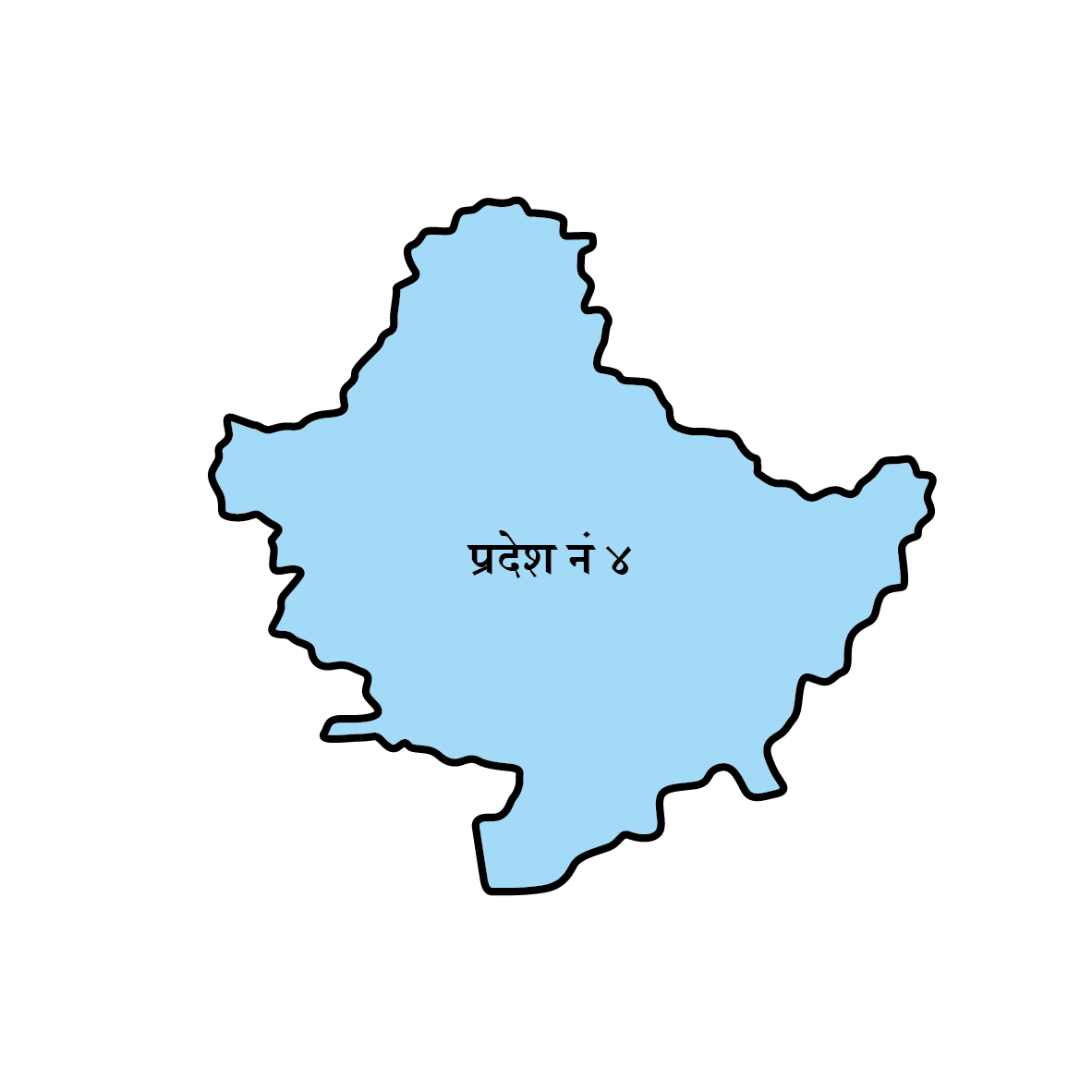 गण्डकी
गण्डकी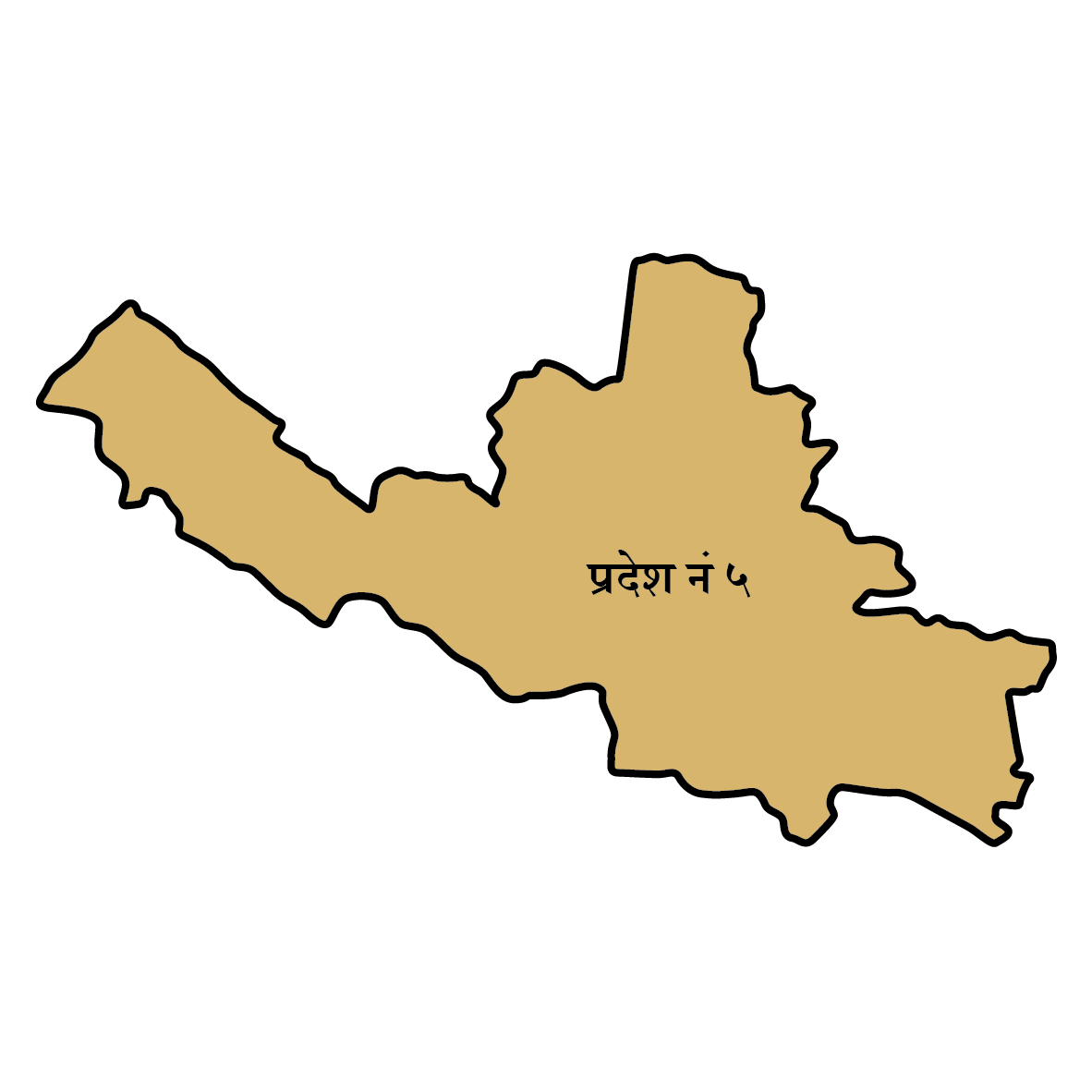 लुम्बिनी
लुम्बिनी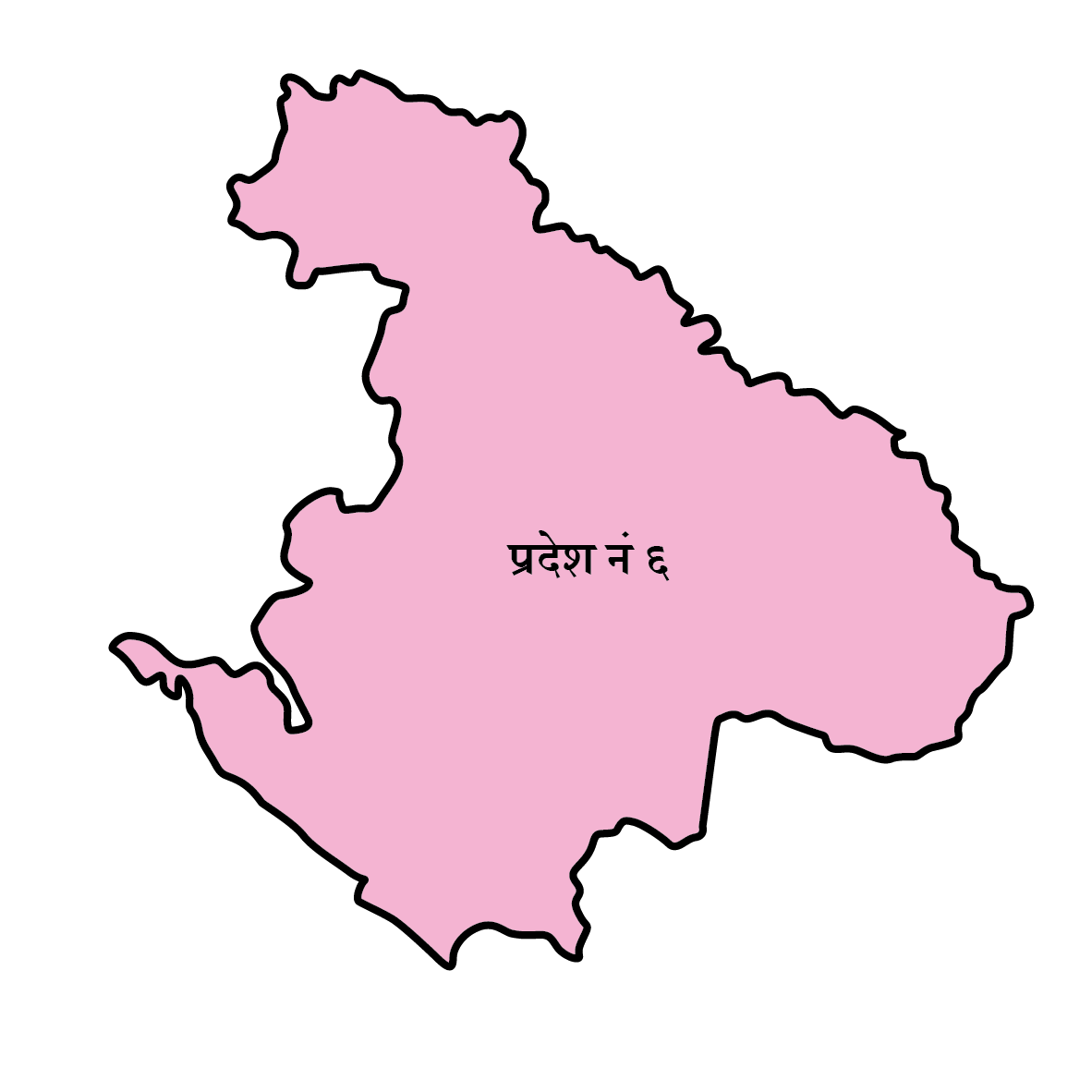 कर्णाली
कर्णाली 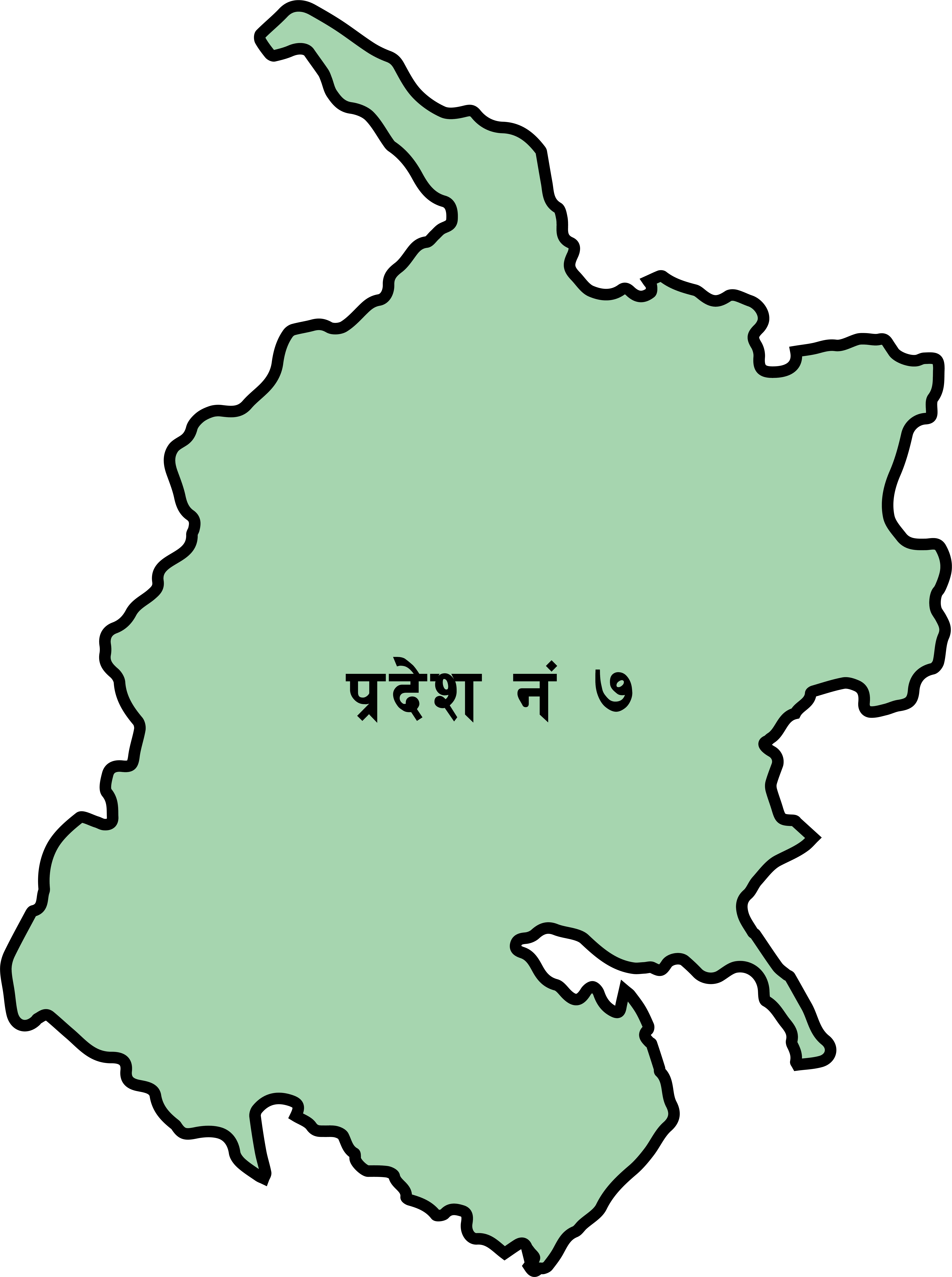 सुदूरपश्चिम
सुदूरपश्चिम
















